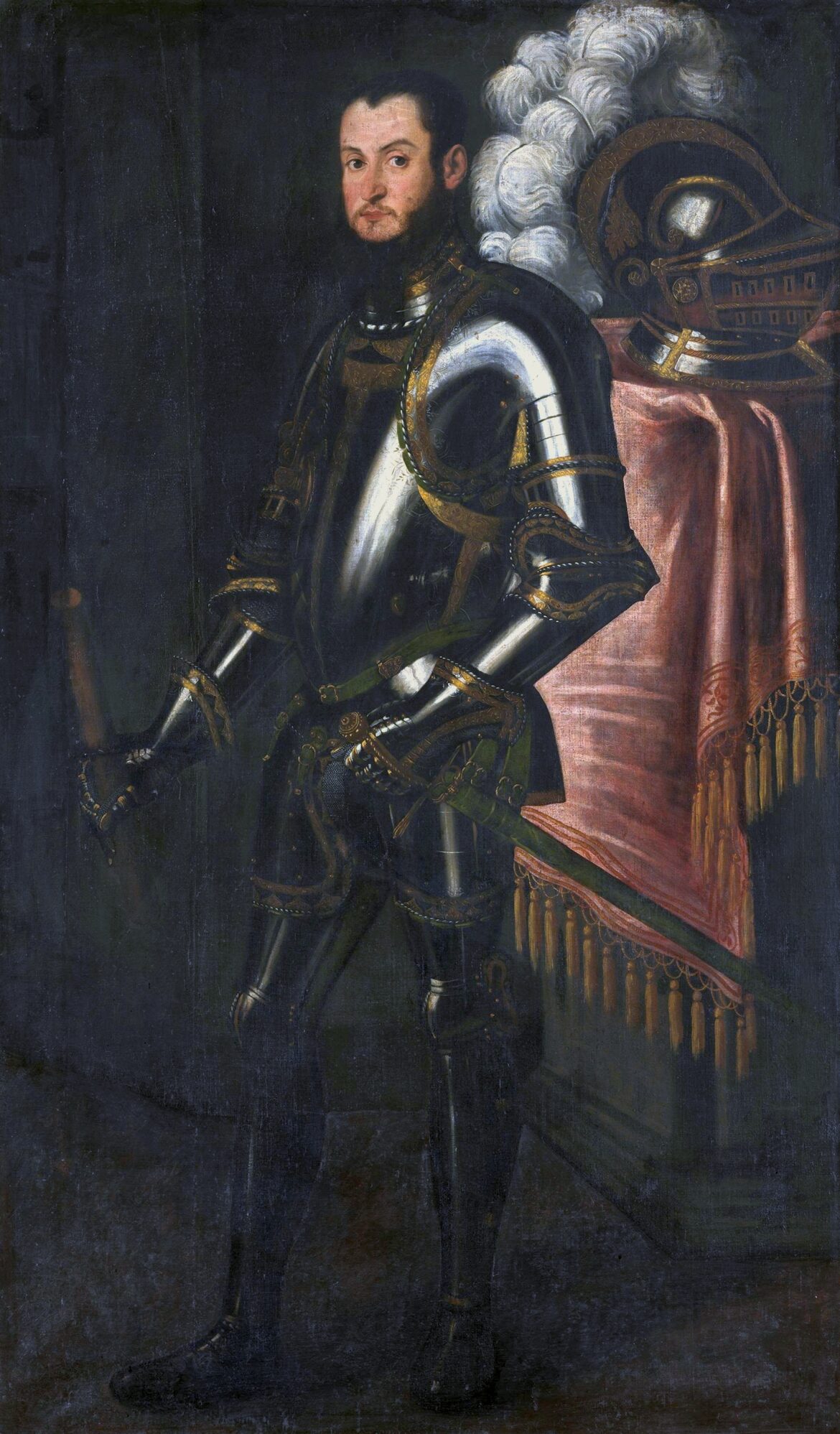The coronation of Sigismund II Augustus on 20 February 1530 was a unique event, as it was carried out during the lifetime of the then reigning King Sigismund the Old. The event had never before and never since a precedent in the history of Poland.
Born on 1 August 1520 in Kraków, Sigismund Augustus was the first descendant of Sigismund the Old and Bona Sforza. His early coronation was due to the strategic efforts of his mother, Bona, to ensure the stability of the Jagiellonian dynasty.
Aware of the risks to her children’s future and her own in the event of her husband’s death, Bona Sforza sought to crown her son while his father was still alive. As early as 1522, she convinced the Lithuanian nobility to recognise Sigismund Augustus as the successor to the Grand Duke of Lithuania after the death of Sigismund the Old, and in 1529 Sigismund Augustus was officially enthroned on the Lithuanian throne. This facilitated the subsequent coronation in Poland.
It is worth mentioning that Poland and Lithuania at that time had been in a personal union since 1385. In 1569, it was transformed into a real union – the Kingdom of Poland and the Grand Duchy of Lithuania were united into the Polish-Lithuanian Commonwealth.
Gaining the consent of the Polish magnates for a ‘vivente rege’ coronation was difficult, but eventually Bona achieved her goal. On 6 January 1530, a delegation of high ecclesiastical and secular dignitaries, led by Bishop Andrzej Krzycki of Płock, proclaimed Sigismund Augustus king of Poland. The coronation ceremony took place in Wawel Cathedral, where the Primate of Poland, Archbishop of Gniezno Jan Łaski, crowned Sigismund II Augustus.
The coronation ceremony was attended by many prominent guests, including Duke of Prussia Albrecht with his brother Wilhelm and Archbishop of Gniezno Jan Łaski.
The day after the coronation, on 21 February, Sigismund Augustus took the oath from the Kraków burghers. His father, Sigismund the Old, took the oath, assuring that the principle of election would be upheld and promising that the young ruler would confirm all the privileges and liberties of the nobility when he came of age. However, the atmosphere of joy during the celebrations in the Krakow Market Square was disturbed by the flight of an owl, which was interpreted as a bad omen.
The coronation of Sigismund Augustus was an unprecedented event that introduced changes to the political layout of the Polish Republic. The principle of ‘vivente rege’ was intended to strengthen royal power and avoid the uncertainty of a free election.
After the death of Sigismund the Old in 1548, Sigismund Augustus assumed full power, which he held until his death in 1572.





